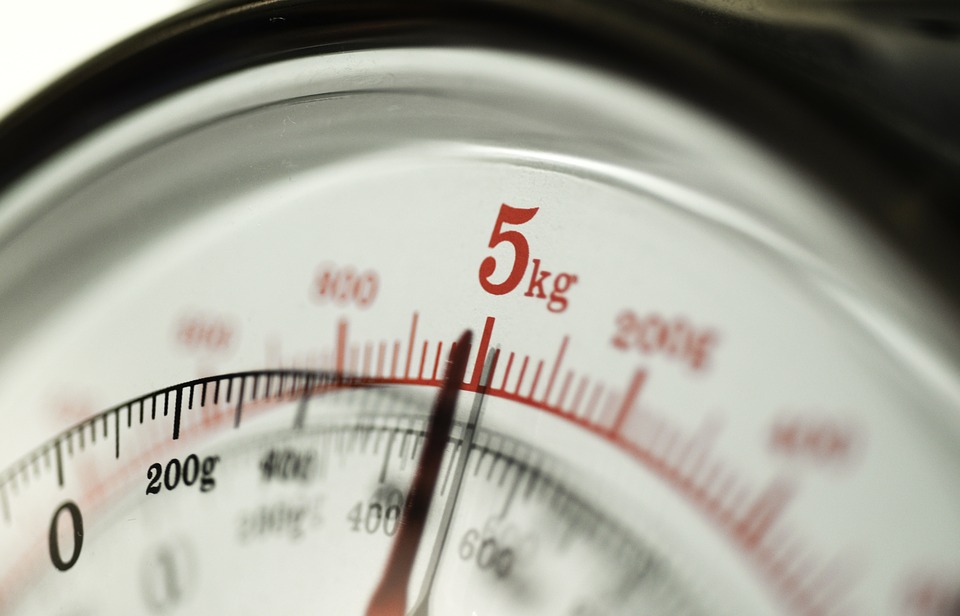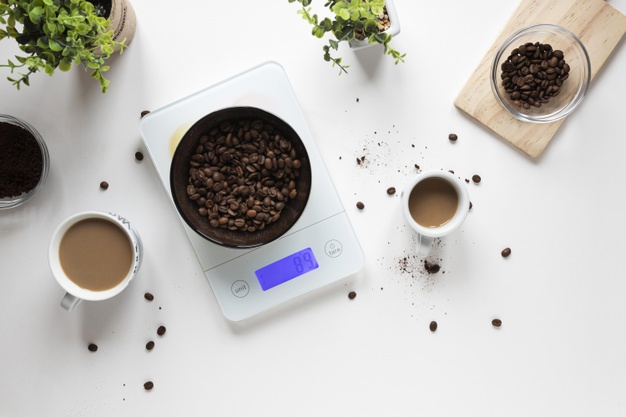Before knowing about the calibration of analytical scales, surely we must understand about analytical scales first. Analytical scales are also called analytic scales. Analytical scales are one type of scale that can measure small masses. Usually, the weighted mass is in the sub-milligram range.
Analytical scales themselves consist of measuring plates that have sensitive sensors. The disk can be affected by air pressure or dust that hits the iron disk. Wind or dust on the disk can affect the accuracy of the measurement results of analytical scales. The sensor of the dish will be affected, so the results of the analytical balance scales will decrease.
Therefore, analytical scales are equipped with wind protectors that are shaped like transparent boxes. This protector is made of acrylic or glass with the aim of blocking the influence of the wind in the room.
After understanding analytical scales, we can now continue to discuss what is meant by calibration.
What is Calibration?
The calibration itself is a way to maintain the accuracy and accuracy of a scale. The calibration of an analytical scale needs to be done consistently over time. This is because many factors can affect the function of an analytical balance.
One factor that influences the function of analytical scales is the state of the environment. Analytical scales that are sensitive and sensitive, can be easily influenced by circumstances around their environment. Circumstances in this environment can consist of wind pressure, room temperature, breathing air, to the level of the slope of the base when placing the scales.
Because of the many things that can affect the work of an analytical scale, it is necessary to do a calibration so that the scales can still measure accurately and accurately. Calibration is a process carried out by comparing scales with other scales, namely standard scales that have SI certificates.
What are the Steps for Calibrating Analytical Scales?
First of all, the scales can be placed on a flat pedestal. Avoid placing analytical scales on sloping and uneven planes, because this can affect the accuracy of the calculation of the scales. After that, set the water pass scale to have a balanced position.
The next thing to do is wait for 30 minutes after pressing the on button. The scales were left for 30 minutes to warm up before calibration. While waiting for 30 minutes, prepare standard scales that are SI certified.
After 30 minutes, start weighing the scales that have been prepared. Weighing is done starting from the smallest scale scales. Record the results of weighing the scales on the observation table. Once noted, raise the scales and zero the scales first. After that, do the same thing with the other scales. Weighing is done up to three times for each repetition of the scales. The same steps will be taken to measure the other scales. After weighing all the scales, we can calculate the average scales in each scales.
There is also some tolerance of differences in the results received, as follows:
Weights that weigh 1-5 mg ± 0.014 mg
Weights that weigh 100-500 mg ± 0.025 mg
Scales weighing 1-5 g ± 0.054 mg
That's all you need to know about the calibration of analytical scales. Hopefully, it can be applied alone at home or in a laboratory, so that the analytical balance measurement results can be even more accurate and precise!






